How do you start with mindfulness?
With so much mindfulness going on these days, it's easy to just jump in and see how it goes.
I'm all for trying things out. At the same time, understanding what mindfulness is, why it's relevant to you and how to do it makes the whole process a lot more enjoyable. It will also help you avoid some of the pitfalls along the way.
Let's take these questions one by one.
What is mindfulness?
There are many ways to answer this question. It's important to find one that makes sense to you.
My favourite way of describing mindfulness is as three skills: resting the mind, opening the heart and discovering awareness.
Resting the mind is the dimension of mindfulness that most people are familiar with. It's also called calming, focusing, steadying, grounding and anchoring. When you rest your mind, you develop an inner sense of stability in the midst of things. I like to call it resting because it gives you a sense of the helpful way to do it. With a light, relaxed attitude.
Opening the heart is about opening up to what you are feeling. Other words to describe this are accepting, allowing, befriending and caring. Whatever words you use, it's about opening up to your feelings in a safe and manageable way. This supports psychological healing and a sense of wholeness. And wholeness feels good. You feel more comfortable with yourself, more confident in facing challenges and more open to the people in your life.
Discovering awareness can also be called discovering spacious, wakeful, aliveness. I know that’s a bit of a mouthful, but when you get a sense of it, being aware has these qualities. Spaciousness, wakefulness and aliveness. These qualities are already available to us simply because we are aware, awake and alive. But most of the time we focus on things like thoughts, feelings, sights and sounds. And so we miss out on these qualities without even being aware that they are there.
Why is mindfulness relevant to me?
We try to solve our problems by moving away from them. I know it sounds strange, but we all do it. Psychologists call this experiential avoidance, which basically means that we avoid things that are unpleasant. When things are very simple, like touching a hot stove, this is great. Before you know it, you have pulled your hand away and prevented further damage.
But when things are more complex, and especially when it comes to our thoughts and feelings, moving away from discomfort keeps us stuck in unhelpful ways. Rumination, worry, depression, addiction. We can get into all sorts of trouble.
Mindfulness offers an antidote to experiential avoidance. When you learn to rest your mind and open your heart, you are able to meet whatever you are facing without being overwhelmed. You will find that you can be more creative and discover new ways of dealing with the challenges you face. This is not only empowering, it also feels good.
How do you do it?
There are three parts to this:
1. Staying safe
With mindfulness, you learn to meet what is happening within you and around you. Some of it will be uncomfortable. And it's possible that some of it will be too much for you. Learning to do this safely is about recognising this and knowing how to take care of yourself. Although mindfulness can help you heal and feel better, it's not a race. Wisdom and patience are useful ingredients. And you don't have to do it alone. Find out more about staying safe here.
2. Enjoy the learning process
Enjoying mindfulness is about bringing clarity, creativity and connection to the learning process. Clarity is about understanding things in a way that makes sense to you. This promotes understanding and builds confidence. Creativity is about being playful with things and having different ways of doing them. This helps you to make things your own. And connection is about finding ways to connect with other people as you learn mindfulness. This energises learning and helps when you get stuck. I explore all this in more detail in How to enjoy mindfulness.
3. Explore the details of the three mindful skills
I love exploring the details of what you actually do in mindfulness. This is one of the things that makes all the difference in learning mindfulness. If you're ready to explore some of the details of the three mindful skills, a good place to start is with Enjoy Mindfulness, a self-paced course that covers the foundations of learning mindfulness and takes you through each skill in turn.
